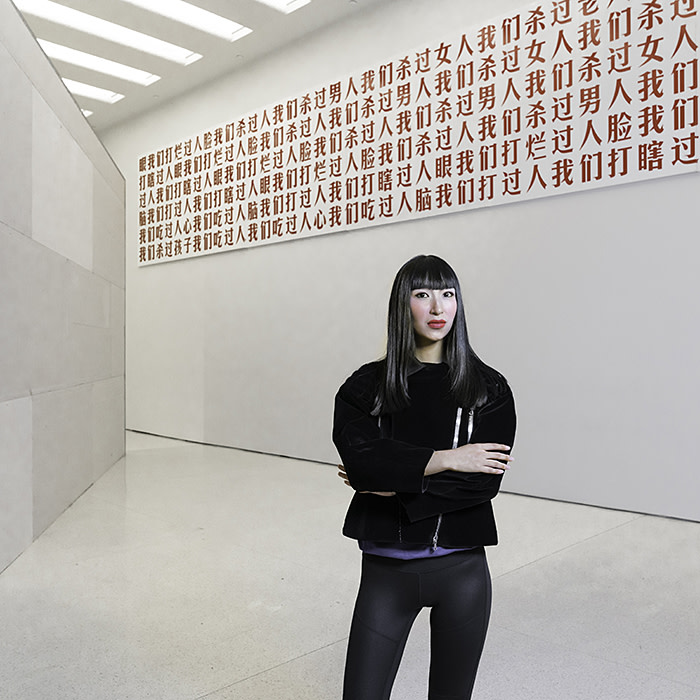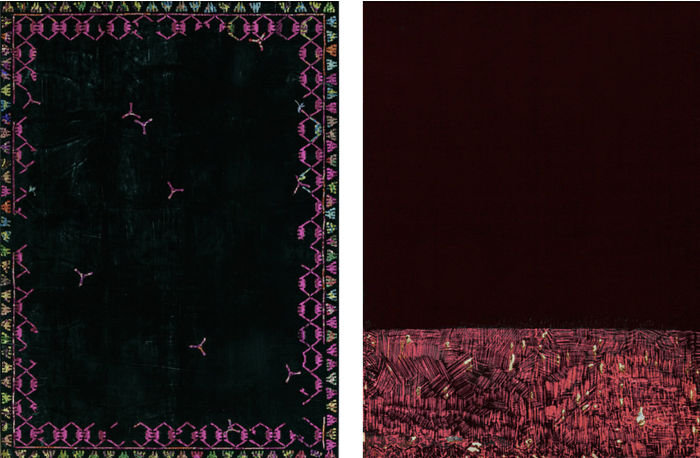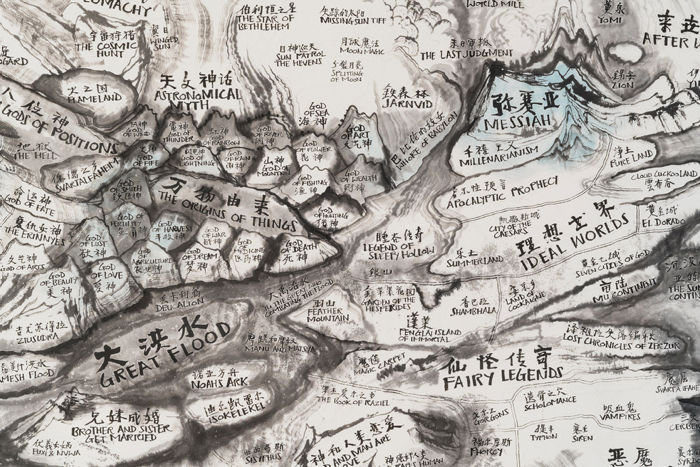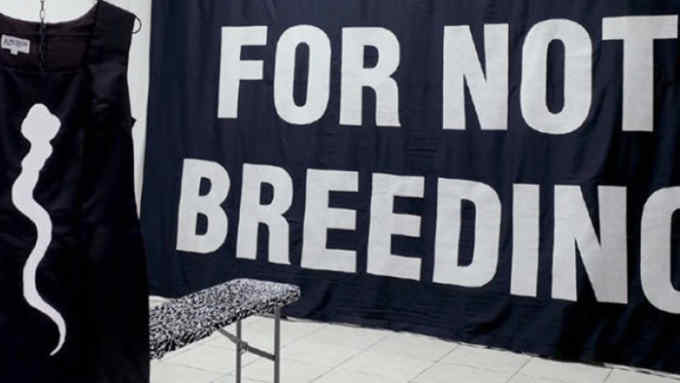Asia Now: the fair championing Asian artists in Paris

Roula Khalaf, Editor of the FT, selects her favourite stories in this weekly newsletter.
Asia Now, a Paris art fair about to open its fifth edition, takes place in a series of beautifully appointed rooms on Avenue Hoche, near the Arc de Triomphe, in a Haussmannian event space — as far removed from a convention centre setting as you can get. There are no booths, and the elegant Parisian ambience privileges conversation, conviviality and cultural exchange. “We try to put serious art and ideas into a setting that doesn’t take itself too seriously,” says Alexandra Fain, who founded the event with her father Claude, a dealer and collector, in 2015.
This year, the fair’s 250 artists will come not just from China, but Japan and all over Asia. “We’re bringing Gulnur Mukazhanova,” says Meruyert Kaliyeva, the co-founder of Aspan Gallery in Almaty, Kahzakstan. “She works with traditional Central Asian textiles, like felt and brocade, to create abstract compositions.”
The first Asia Now event was not a fair but an exhibition at the Palazzo Morosini, during the Venice Biennale, curated by Martina Koppel-Yang, a specialist in the Chinese avant-garde art of 1979-89. On show were works by Zheng Guogu, who plays with the impact of consumerism and digital innovation on traditional culture, and other members of the Yangjiang Group.
“The ultimate purpose of Asia Now is to enlarge the European collector base for Asian art,” says Fain. “So I decided to begin by demonstrating a commitment to the project that was completely uncommercial, to start a conversation. I could have spent the money on marketing and PR, but I chose to put on a show.”
For added appeal, she brought in the two-Michelin-starred chef Siu Hin-Chin of Duddell’s in Hong Kong to run a pop-up Cantonese restaurant.
Fain is somewhat to the manner born. Her father is an important collector who moved from French Symbolist painting in the 1970s to Jean-Michel Basquiat in the 1980s. He then turned his attention to other territories, including Israel, India and particularly China.

Meanwhile his daughter, as part of her work at the advertising agency Publicis Groupe and then at the luxury goods firm Richemont, was travelling frequently to China. “In 2009 and 2010, I was visiting a lot of artists’ studios in Shanghai and Beijing,” she says, “and I really started to notice how badly represented Asian art was in western art fairs.”
Considering the increasing importance of China to the west, both politically and economically, Fain says, “How can you talk about New York and not talk about Shanghai — or Seoul, where there has long been a fantastic local art scene?” Chinese collectors are some of the wealthiest, and are still the main buyers of Chinese contemporary art.
When it comes to art collecting today, the connection between Paris and Asia hangs on the enthusiasm of a few dedicated collectors, among them Jean Pigozzi, who focuses on Japan, and the husband-and-wife team of Sylvain and Dominique Levy, who are invested in Chinese and Korean work.
“Asia Now isn’t really an art fair, it’s a rencontre, an open house,” says Dominique Levy (who is no relation to her namesake, the co-founder of Lévy Gorvy gallery). Her Parisian apartment displays an exquisite assemblage of contemporary design pieces by names including Marc Newson and Mattia Bonetti. But many of the artworks are Chinese: on show are Zheng Guogu, Jia Aili and Miao Ying.

Fain believes that there are also plenty of young potential collectors out there — both Asian and European. She is hoping to pique their curiosity with the fair’s Platform section, this year with a focus on digital works, curated by Xiaorui Zhu-Nowell.
In previous years, the Platform sections have looked at particular places (last year’s was Japan; the installation was designed by architect Sou Fujimoto). “But I have a strong distaste for regional thinking,” says Zhu-Nowell, who is also a curator at the Guggenheim in New York. “An important part of my queer politics is thinking up ways to destabilise apparatuses like that.”
Instead, under the heading “IRL” (or “in real life”, in internet speak), Zhu-Nowell has looked for “artistic practice that is outside the ‘centre’” — such as an installation by the Canada-based artist Victoria Sin, who subtly subverts the standard narratives of drag.
Elsewhere, the serenity of Paris’s eighth arrondissement will prevail. For example, Galleria Continua (which has spaces in China, Cuba and France as well as Italy) is presenting exquisite maps by Qiu Zhijie, who employs the traditions of calligraphy, ink painting and Chinese myth in the service of an acerbic social narrative.
When Fain started Asia Now, the world looked rather different. Now, with the escalating unrest in Hong Kong and elsewhere in the region, and the trade disputes between the US and China, which could well affect the import and export of artworks, the fair might even find it has another less expected role, as a safe place for collectors and dealers to do business.
October 16-20, asianowparis.com
Follow @FTLifeArts on Twitter to find out about our latest stories first. Listen and subscribe to Culture Call, a transatlantic conversation from the FT, at ft.com/culture-call or on Apple Podcasts

Comments